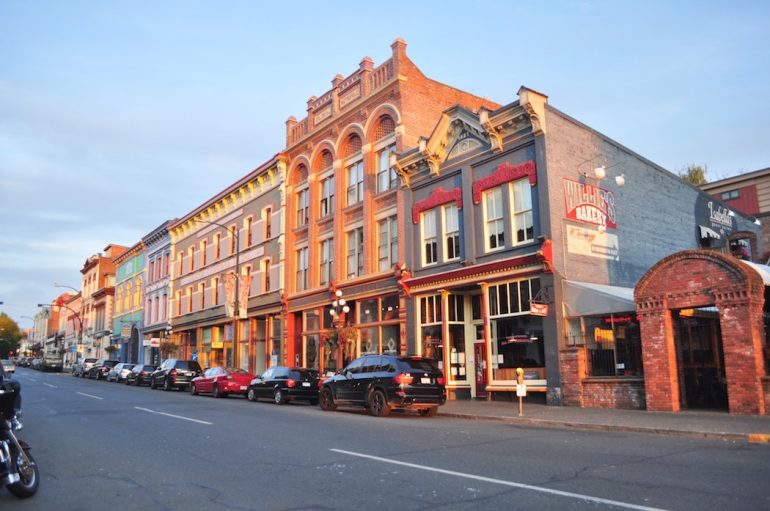Details on the recently committed $962 million in new capital to Regional Development Agencies (RDAs) and the Community Futures Network were revealed Wednesday.
The program, called the Regional Relief and Recovery Fund (RRRF), was originally announced mid-April, though few details were shared on how the funding would be doled out to the six RDAs across Canada. The almost $1 billion in new capital is meant to support regional and rural businesses that may not have existing relationships with financial institutions, or don’t qualify for other federal relief programs.
The RRRF is meant to help these businesses and organizations continue operations as well as pay their employees.
The RRRF is meant to help these businesses and organizations continue operations as well as pay their employees. It is also available for projects by businesses, organizations, and communities to help prepare for a successful recovery. The fund is open to businesses in sectors that include manufacturing, technology, tourism, and “others that are key to the regions and local economies.”
On Wednesday, Prime Minister Justin Trudeau noted that businesses that did not qualify for Canada Emergency Business Account (CEBA) and Canadian Emergency Wage Subsidy (CEWS) relief programs should reach out to their respective RDA for support. The government added that businesses and organizations that have applied for but were unable to access existing programs are encouraged to review the RRRF eligibility requirements.
Minister of Economic Development Mélanie Joly, who is responsible for the RDAs, encouraged companies including startups in the tech space to reach out to their respective RDAs during a press briefing on Wednesday.
The funding is broken down into $675 million for RDAs with $287 million for Community Futures Network (with the network funding distributed through RDAs).
RELATED: Federal government extends 75% emergency wage subsidy beyond June
Western Economic Diversification Canada (WD) has been allocated the largest portion of the almost $1 billion fund, with $304.2 million. This is followed by the Federal Economic Development Agency for Southern Ontario (FedDev), which is set to receive $252.4 million.
The RDA for Quebec, Canada Economic Development for Quebec Regions (CED), is receiving $211 million, with CanNor to receive a total of $34.3 million for territorial businesses. Atlantic Canada’s ACOA has been allocated $110 million, with the Federal Economic Development Initiative for Northern Ontario (FedNor) receiving $49.5 million.
Each individual agency has been tasked with allocating the money based on the needs of their regions. They will also be responsible for distributing the Community Futures Network portion of the fund to the respective network groups in their region.
In a recent interview with Betakit, Joly noted the role the agencies play in supporting regional incubators as well. Recognizing the recent closure of Toronto incubator OneEleven, Joly noted at the time that “getting more funding through our incubators was key to make sure we keep that ecosystem very strong.” Wednesday’s announcement did not specify whether incubators will be able to access the RRRF.
RELATED: How some provinces are facilitating the federal commercial rent relief program
Joly also said the government will be looking to partner with other organizations that can help support areas where RDAs are less present. The minister said this could include working with “third parties” such as economic development agencies “to make sure that we’re much more present in the Toronto area, and the Montreal area, and big cities.”
Since the onset of COVID-19, RDAs have also adjusted certain criteria for their regular programs. Beginning April 1, businesses have been able to defer their payments for current contribution agreements with their RDA for three months.
Other supports from RDAs include the Northern Business Relief Fund, through the Canadian Northern Economic Development Agency (CanNor). The relief fund provides eligible territorial SMEs affected by the economic disruptions with non-repayable grants ranging from $2,500 to a maximum of $100,000. The funding will cover a maximum period of four months and is retroactive to April 1.


